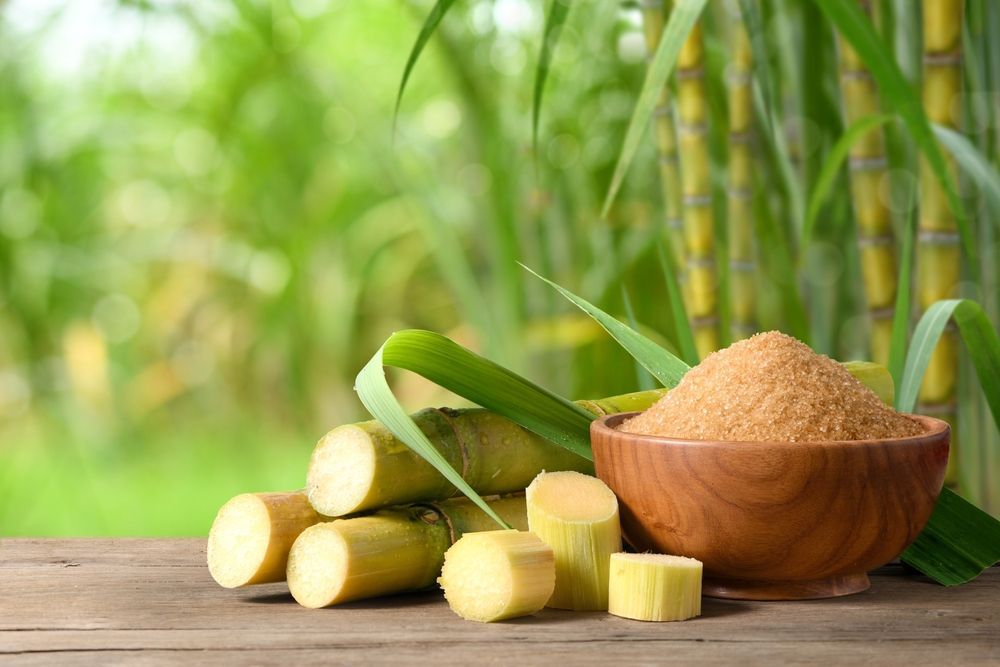The choice between beet sugar vs cane sugar can influence the sweetness level of certain desserts.
Discover the Uses and Benefits of Beet Sugar Vs Cane Sugar in Your Daily Diet
Exploring the unique top qualities of beet and cane sugar discloses greater than just their sweetening capabilities; it highlights their special influence on health and wellness and cookeries. Beet sugar, recognized for its refined taste, is frequently favored in delicate desserts, whereas cane sugar, with its hint of molasses, adds richness to robust meals. Each type holds its own nutritional profile and glycemic implications, welcoming a much deeper understanding of their duties in a well balanced diet regimen and lasting intake techniques.
Beginning and Manufacturing Procedures of Beet and Cane Sugar

The distinctive climates and soil types required for expanding sugar beets and sugarcane add to differences in their cultivation methods and geographical distribution, affecting the economics and sustainability of their manufacturing. beet sugar vs cane sugar.
Nutritional Comparison In Between Beet Sugar and Cane Sugar
Despite originating from different plants, beet sugar and cane sugar are nutritionally very comparable, both primarily being composed of sucrose. Each provides concerning 4 calories per gram, converting to roughly 16 calories per teaspoon. Structurally, both sugars are made up of about 99.95% sucrose, with marginal quantities of various other compounds like dampness and trace element, which do not dramatically alter their dietary profiles.

Eventually, when choosing between beet sugar and cane sugar based on nutritional web content alone, both offer identical advantages and disadvantages as they are essentially forms of the very same particle-- sucrose, websites offering fast power without other nutrients.
Influence On Health And Wellness: Glycemic Index and Caloric Content
Exploring additionally into the effects of beet sugar and cane sugar on health, it is necessary to consider their glycemic index and caloric web content. Both sugars are classified as sucrose, which includes glucose and fructose. This structure leads them to have a similar influence on blood glucose degrees. The glycemic index (GI) of both beet and cane sugar is around 65, categorizing them as high-GI foods, which can cause fast spikes in blood glucose degrees. This is an important aspect for people managing diabetes mellitus or those trying to stabilize their power levels throughout the day.
Each type of sugar contains around 4 calories per gram, making their caloric material matching. For those keeping track of calorie consumption, especially when handling weight or metabolic wellness conditions, understanding this equivalence is important (beet sugar vs cane sugar). Nevertheless, extreme intake of any kind of high-calorie, high-GI food can add to health problems such as weight problems, heart disease, and insulin resistance.
Environmental and Economic Considerations of Sugar Production
Beyond wellness influences, the production of beet and cane sugar additionally raises considerable ecological and financial issues. Sugar beet cultivation often tends to require cooler environments and has a lower geographical footprint compared to sugar cane, which thrives in exotic areas.
In addition, using pesticides and fertilizers in both beet and cane sugar growing can cause soil destruction and pollution, further affecting biodiversity and regional water bodies (beet see page sugar vs cane sugar). The option between cultivating sugar beet or cane often rests on local ecological problems and economic variables, making the sustainability of sugar manufacturing a complicated concern
Culinary Applications and Taste Distinctions
While the environmental and financial elements of sugar production are certainly substantial, the selection between beet and cane sugar also affects culinary applications and taste profiles. Beet sugar, derived from the sugar beet plant, is recognized for its incredibly neutral taste.
Cane sugar, removed from sugarcane, typically preserves molasses traces, which impart a distinct splendor and depth. This mild molasses flavor boosts the complexity of baked goods, sauces, and address sauces. It is especially favored in products where a sugar undertone is wanted, such as in brownies or gingerbread. The small variant in moisture material in between beet and cane sugar can influence the structure and consistency of dishes, making cane sugar a favored selection for specific recipes that profit from its unique residential properties.

Verdict
To conclude, both beet and cane sugar have unique beginnings and production processes, offering similar nutritional profiles with minor differences in sodium material and flavor. While their influence on health, specifically pertaining to glycemic index and calories, is equivalent, the option between them frequently comes down to ecological, financial elements, and specific culinary demands. Recognizing these elements can guide customers in making notified choices that align with their wellness goals and flavor preferences.